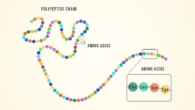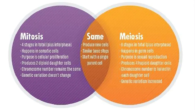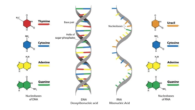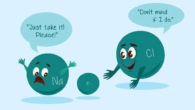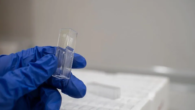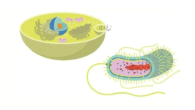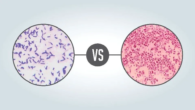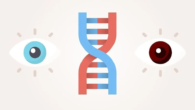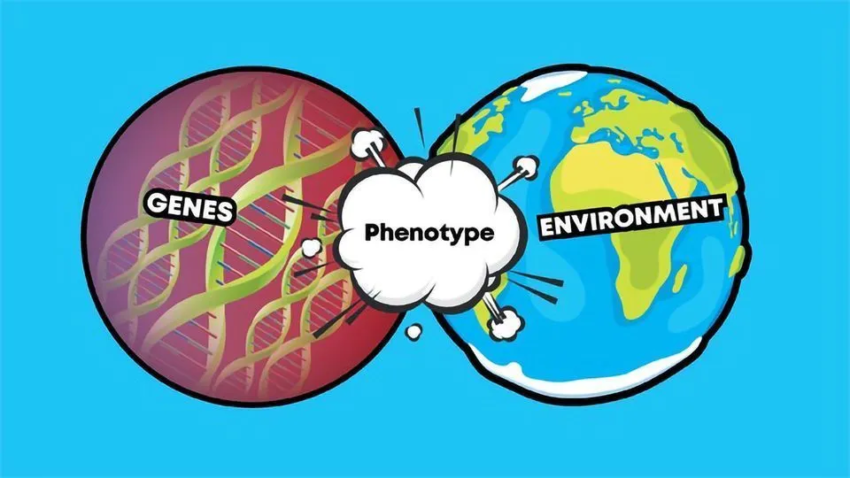
Examples and explanations of Genotype vs. Phenotype
Any living thing is a result of both its genes and its surroundings. Before we can get into the details of this, we need to understand some basic genetic terms and ideas. We will explain what gene and phenotype mean, talk about how they are related, and look at why and how we might choose to study them.
Is genotype and phenotype different things?
Their genotype is the collection of alleles a person possesses for a certain gene. Everything that is apparent about a person makes up their phenotype. The genotype of a living creature only affects its trait; it is inherited from its parents. Factors in the surroundings can also alter phenotype.
What does “genotype” mean?
A gene is a DNA sequence that instructs the body in producing a characteristic. The nucleotides—a phosphate group, a sugar, and a base—may not be exactly in the same order in different copies of the same gene. As a result, a gene can live in more than one type of living thing. Alleles are the names for these different kinds of forms. Finding the exact spot on a chromosome where a gene is located is called a locus.
Parents give their children either one copy of two distinct alleles or two copies of the same allele. If an individual inherits two identical alleles, their genotype at that locus is said to be homozygous.
They are called heterozygous for that gene, though, if they have two different alleles rather than one. The different forms of the same gene are either autosomal dominant or recessive. It is always more likely for an autosomal dominant allele to be produced than a recessive allele.
The final set of alleles that a person has for a certain gene is called their genotype.
Examples of genotypes
As an example, let’s look at eye colour.
- Eye colour is controlled by a gene.
- One gene is brown, which was passed down from the mother, and the other is blue, which was passed down from the father.
- There is one blue allele and one brown allele. The blue gene is recessive (b). The child will have dark eyes if they get two different alleles. This is called being heterozygous. The child must have both copies of the blue eye gene for them to have blue eyes.
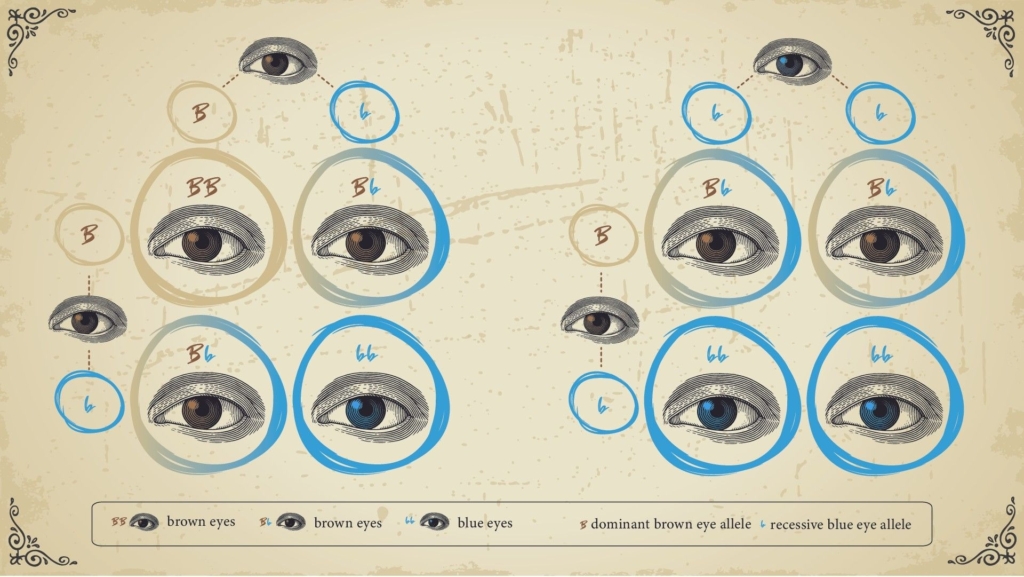
Figure 1: An inheritance chart showing how a person can get blue or brown eyes based on the genes their parents carry. The brown eye colour allele is dominant, while the blue eye colour allele is recessive.
Here are some more examples of genotype:
- What colour hair
- How tall
- Size of shoes
What does the word “phenotype” mean?
Every observable characteristic of an organism is its genotype. Trait and genotype differ greatly in that phenotype is not passed down from parents to children.
Though genetics does not imply phenotype, it can alter appearance. Besides the genome, the phenotype is affected by things like
- Changes to epigenetics
- Things in the environment and the way you live
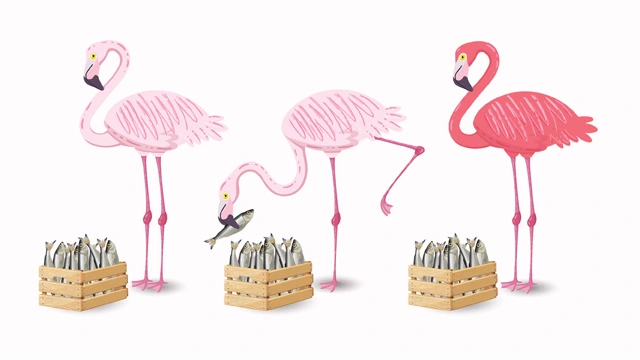
Flamingos change colour and eat fish out of a box.
Figure 2: Flamingos are white by nature; the colours in the food they eat are what make them bright pink.
Examples of phenotypes
Food, temperature, humidity, and worry are all environmental factors that may affect the phenotype. Flamingos are a great example of how the phenotype can be changed by the surroundings. Even though they are known for being bright pink, they are actually white. The pigments in the food they eat give them the pink colour.
The colour of someone’s skin is a second example. The amount and type of melanin that we make is controlled by our genes. However, UV light in sunny places darkens the melanin that is already there and promotes more melanogenesis, which makes skin darker.
Genotype vs. phenotype: looking at
To observe the phenotypic, we just need to look at an organism’s outward traits and characteristics and draw our own conclusions about it. It’s a little trickier to look at the gene, though.
Biological tests are used to look for changes in a person’s genotype, which is called genotyping. After getting the data, it can be compared to either the sequence of a different person or a database of sequences.
Before genetics, it was only possible to get partial sequences. Now we have state-of-the-art whole genome sequencing, made possible by big steps forward in technology in the last few years.
A flowchart that shows the steps needed to sequence the whole genome
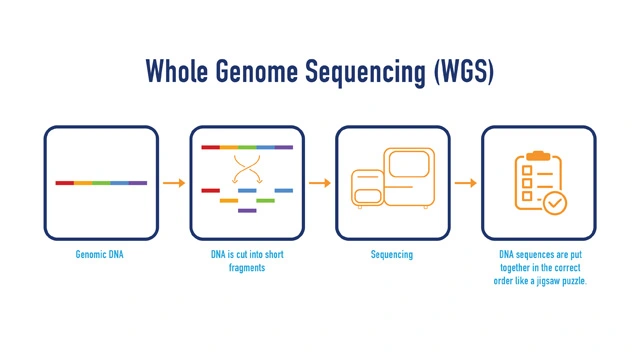
Figure 3: A flowchart showing the different steps in whole genome sequencing (WGS).
(WGS) makes it possible to get whole sets. WGS uses high-throughput sequencing methods like single-molecule real-time (SMRT) sequencing to find the raw sequence of nucleotides that make up an organism’s DNA.This is a working and getting less expensive approach.
Not only WGS but many other techniques can be employed to examine the genome of an organism.
Why should one investigate type vs. phenotype?
Understanding the relationship between a genotype and a phenotype can be quite beneficial in many different kinds of inquiry.
Pharmacogenomics is a very interesting field. Genetic differences can happen in CYP450 and other liver enzymes that are needed to break down drugs. So, a person’s phenotype, or how well they can break down a certain drug, may be different based on the type of enzyme-encoding gene they have.Medics and drug manufacturers need to know this information in order to determine the appropriate dosages of medications for various patient groups.
It seems more sensible to me to combine phenotyping and genotyping techniques than to rely only on gene tests. More variances in drug metabolic capacity were discovered by the multiplexing technique utilized in a comparative clinical pharmacogenomics investigation than could have been predicted by genotyping. This demonstrates the need of being cautious when using genotyping alone and has significant ramifications for tailored treatment.
How may we progress our understanding of the relationship between phenotype and genetics?
Using mice as models, scientists can genetically alter an organism such that it lacks a particular gene. The name of these creatures is “knockout mice.” One may compare the phenotypic of this animal to the wild type phenotype, which is the phenotype that results from leaving the gene intact. This enables us to investigate the mechanisms underlying particular phenotypes induced by particular genes.
The Mouse Genome Informatics (MGI) project has made a library with thousands of phenotypes that can be made and studied, along with the genes that need to be deleted in order to make each one.
Chart of genotype vs. phenotype
| Genotype | Phenotype | |
| Definition | The set of genes in our DNA which are responsible for a particular trait | An organism’s observable characteristics and traits |
| Characterized by | Genotyping techniques such as WGS | Observing an organism’s outward characteristics |
| Depends on | The gene sequences an organism possesses | Genotype, PLUS epigenetics and environmental factors |
| Inherited? | Yes | No |
| Example | Genes encoding eye color | An individual with brown eyes |





